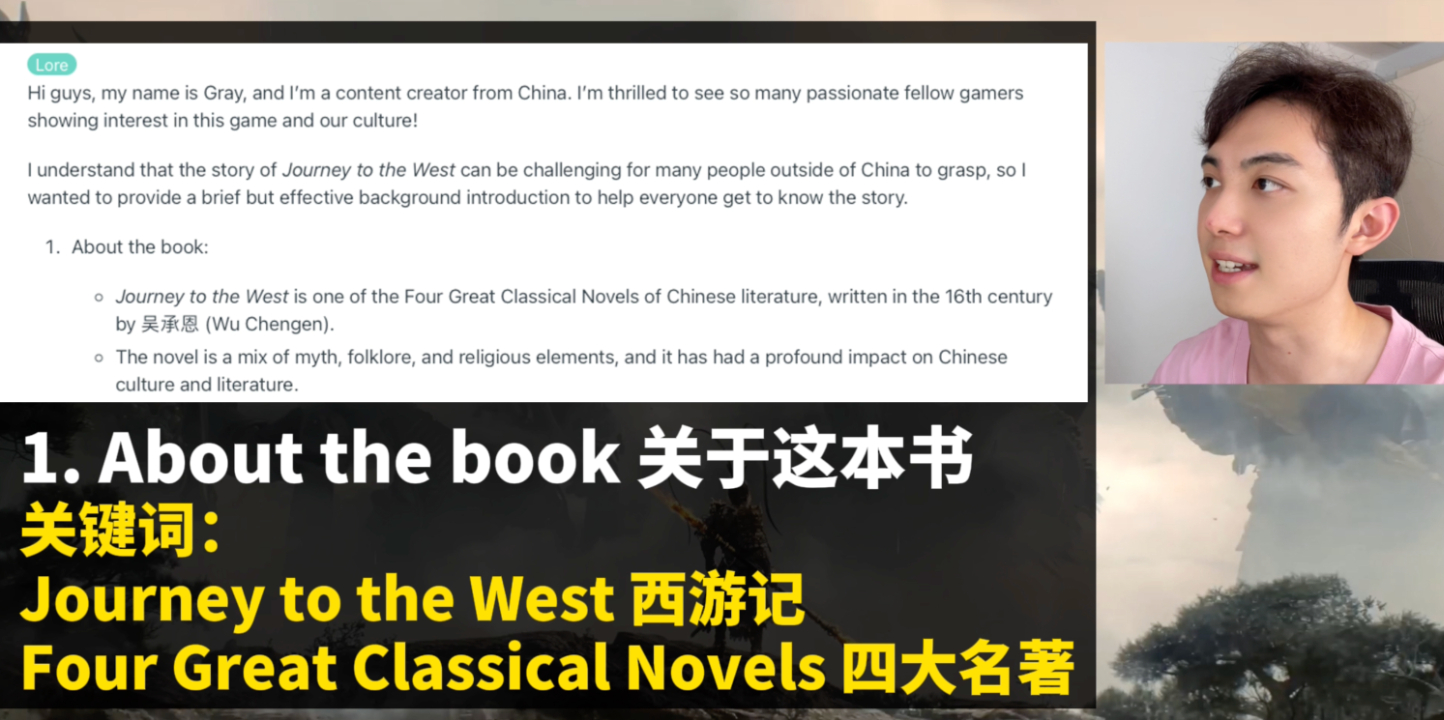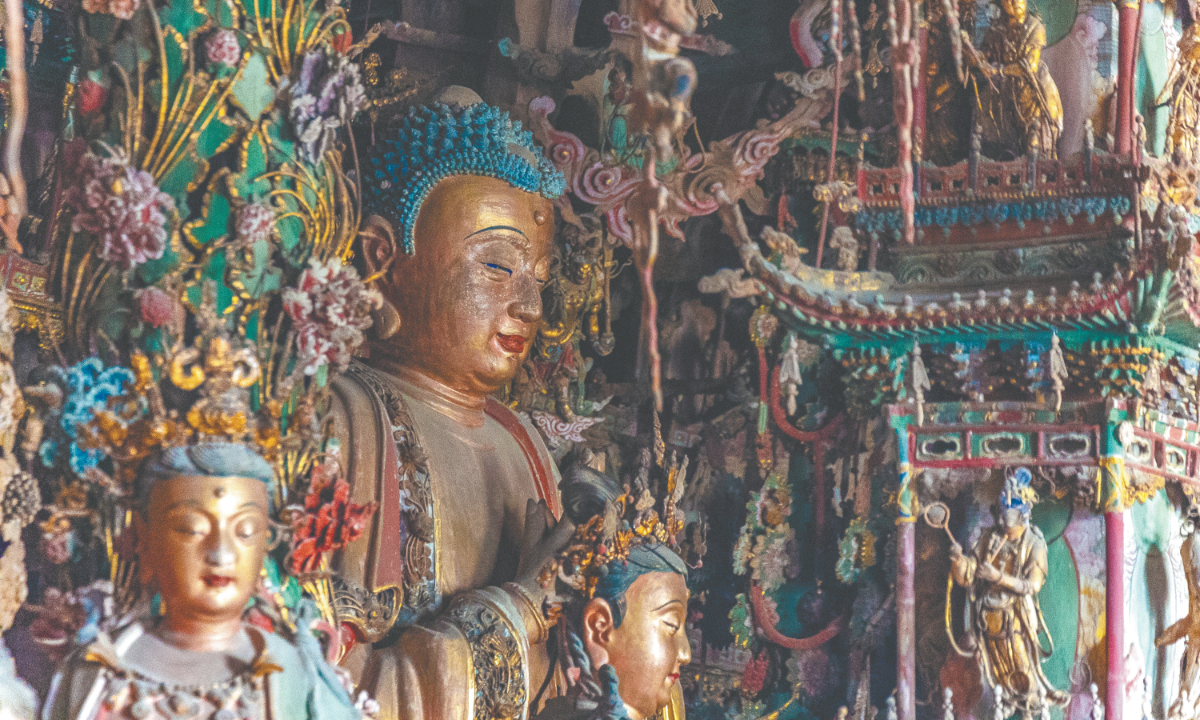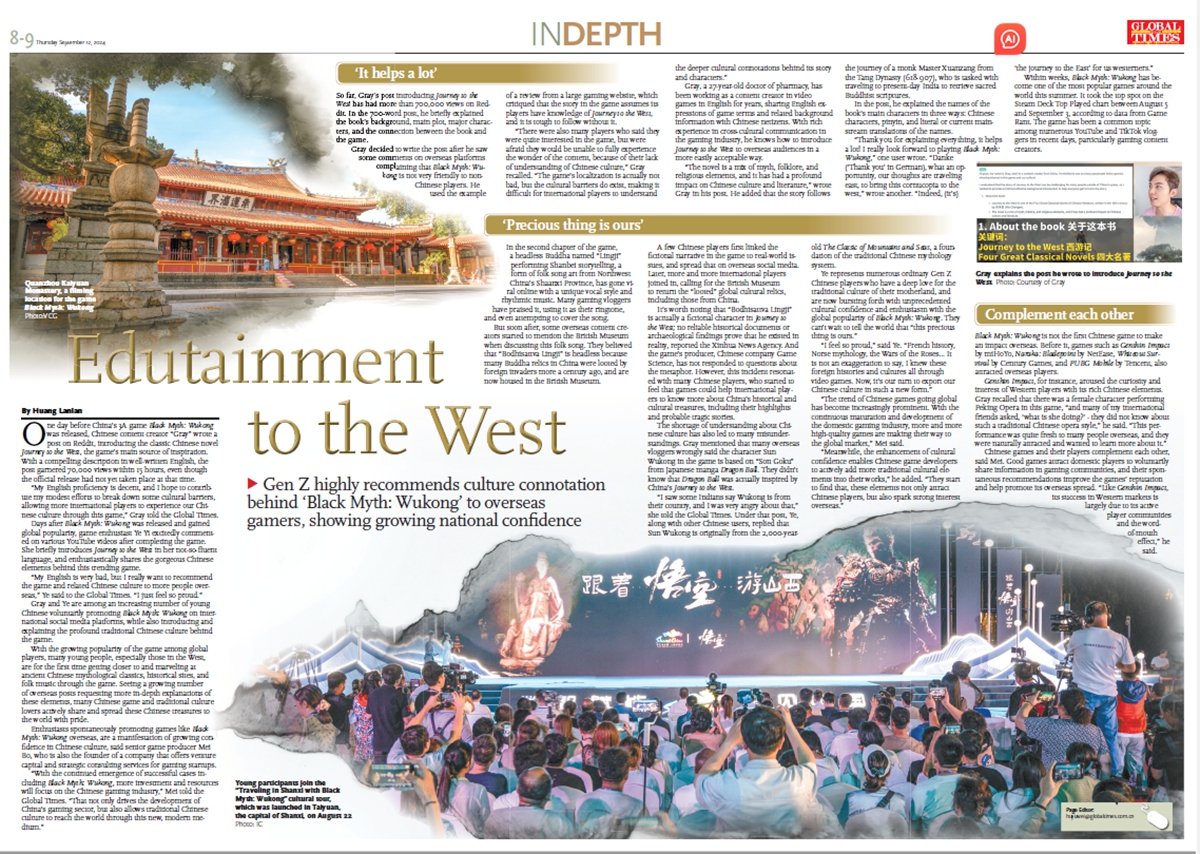People must learn to modify diets to prevent lifestyle diseases such as diabetes
PRIME Minister Datuk Seri Anwar Ibrahim’s reminder to the people to take health knowledge seriously is timely.
At the launch of the 2024 National Wellness Month celebration last weekend, he reminded people to understand the dangers of excessive sugar consumption, saying that campaigns on health literacy or sugar reduction, as well as health literacy policies, would only be effective if people began changing their eating habits now.
For a start, let’s recall what we ate and drank in the past 24 hours, just to have a perspective of our sugar consumption.
From roti canai to teh tarik and the myriad of kuih, these foods all contain sugar.
When people say that they have cut sugar from their diets, I wonder if they realise that their bodies convert the carbohydrates they consume into sugar.
Staples like rice, bread, noodles and fruits are also high in carbohydrates, so maybe we need to take a good look at our food portions too.
Not long ago, the Health Ministry introduced the Malaysian Healthy Plate campaign with the hashtag #sukusukuseparuh
My friends were talking about it and I thought it was a clever way of introducing the concept of meal portions to the public.
The campaign encourages the public to limit their carbohydrate intake to fit a quarter segment of the plate. Another quarter of the plate should be filled with protein and the remaining half, with fruits and vegetables.
Now the key is making this meal formula part of our lifestyle.
Growing up, I watched my paternal grandmother suffering from diabetes.
She had her first stroke a day before I turned one. She must have been about 53 years old then.
However, I remember my paternal grandmother having a healthy diet. She took me along for her evening walks, took her medications on time and never skipped doctor’s appointments.
Over time, she became bedridden, before she passed away at the age of 70 in 1994.
She was an attractive woman in her youth but everything went downhill when she became sick.
After the stroke, her mobility was limited, preventing her from maintaining her active lifestyle.
My maternal grandmother also suffered from diabetes and her mobility, too, was limited after a stroke.
She had never cared about her diet and was a teh tarik addict. There was always an unlimited supply of condensed milk from my grandfather’s grocery store.
I dare say her enjoyment of this popular drink and her eventual poor physical mobility contributed to her eventual death.
As a child, I watched my grandmothers become weak, lose their speech and become bedridden before their deaths.
They were both diabetics and would have had poor health literacy in their younger days.
Thankfully, both my parents are healthy and my dad just turned 80. I believe this can be attributed to their balanced diets.
I’m also conscious of my own family’s consumption and manage this through my cooking.
Besides food, physical exercise is also necessary. It is no longer an option to say that we have no time to exercise.
A walk in the park may be possible depending on the weather.
However, I believe it is time that more public gyms are created. These gyms could be open from morning to midnight and made accessible to the public for a minimal fee.
The Bangsar Sports Complex at in Bangsar, Kuala Lumpur, has a public gym and it is managed by Kuala Lumpur City Hall. The entrance fee is just RM2.
I hope local councils, especially the ones with city status, will create public gyms with cardio and weight-training equipment.
Cardio activities such as Zumba could also be held at public spaces and should be promoted to the community.
More community-based sports for children, such as football and netball, should also be spearheaded by elected representatives.
Prevention of non-communicable diseases such as diabetes, hypertension and high cholesterol will reduce taxpayers’ funding of the nation’s healthcare services.
Diabetes is a chronic disease that occurs either when the pancreas does not produce enough insulin or when the body cannot effectively use the insulin it produces. Insulin is a hormone that regulates blood glucose.
Diabetes and insulin
Summary
- People with type 1 diabetes must inject insulin every day, often up to 4 or 5 times per day.
- There are different ways to inject insulin ranging from a syringe and needle, to an insulin delivery pen, to an insulin pump.
- Your doctor or diabetes nurse educator will teach you about how, where and when to inject insulin, and how to store it safely.
- Even with the help of your doctor and diabetes nurse educator, it may take a while to find the right insulin dose to reduce your blood glucose to your target levels.
- What is Type 2 Diabetes?
Type 2 diabetes is a common metabolic condition that develops when the body fails to produce enough insulin or when insulin fails to work properly, which is referred to as insulin resistance. Insulin is the hormone that stimulates cells to uptake glucose from the blood to use for energy.
Image Credit: Created with the assistance of DALL·E 3
When this is the case, cells are not instructed by insulin to take up glucose from the blood, meaning the blood sugar level rises (hyperglycemia).
Prevalence and Risk Factors
People usually develop type 2 diabetes after the age of 40 years. However, people of South Asian origin are at an increased risk of the condition and may develop diabetes from age 25 onwards. The condition is also becoming increasingly common among children and adolescents across all populations. Type 2 diabetes often develops due to overweight, obesity, and lack of physical activity, and diabetes prevalence is on the rise worldwide as these problems become more widespread.
Heterogeneity and Genetic Factors
Type 2 diabetes is a heterogeneous disorder characterized by varying degrees of beta cell dysfunction in concert with insulin resistance. The strong association between obesity and type 2 diabetes involves pathways regulated by the central nervous system governing food intake and energy expenditure, integrating inputs from peripheral organs and the environment. Genetic susceptibility and environmental factors, including the availability of nutritious food and other social determinants of health, play significant roles in the development of diabetes and its complications.
Global Impact In 2021, the global prevalence of diabetes mellitus was estimated to be 6.1%, representing 529 million people, with prevalence estimates in certain regions as high as 12.3%. Type 2 diabetes accounts for 96% of cases, and greater than 50% of type 2 diabetes is attributable to obesity. The trajectory of the diabetes pandemic is concerning, with an estimated 1.31 billion individuals projected to have diabetes by 2050.
Types of Diabetes
Also known as juvenile diabetes, type 1 diabetes usually occurs in childhood or adolescence. In type 1 diabetes, the body fails to produce insulin, so patients have to be given the hormone. This is why the condition is also known as insulin-dependent diabetes mellitus (IDDM).
Type 2 diabetes mellitus is also called non-insulin-dependent diabetes mellitus (NIDDM) since it can be treated with lifestyle changes and types of medication other than insulin therapy. Type 2 diabetes is significantly more common than type 1 diabetes.
Symptoms of Type 2 Diabetes
The increased blood glucose level seen in diabetes can eventually damage a person’s blood vessels, nerves, and organs. The body attempts to remove the excess glucose through urination, and the most common symptoms of type 2 diabetes include the following:
- Polydipsia (increased thirst)
- Polyphagia (increased hunger)
- Polyuria (increased frequency of urination), especially during the night
- Extreme fatigue, weight loss, and sudden loss of muscle bulk.
Some of these symptoms are also seen in type 1 diabetes, but type 2 diabetes symptoms tend to develop more gradually and can take months or years to manifest. This can make it more difficult for people to tell they have an underlying health condition, and often, people have had type 2 diabetes for a long time before it is finally diagnosed.
Risk Factors
Several factors can increase a person’s risk of developing diabetes. Examples include:
- Overweight or obesity
- Unhealthy diet
- A waist measurement of 31.5 inches or more among women
- A waist measurement of more than 37 inches among men
- Low levels of physical activity
- Raised cholesterol
- High blood pressure
- South Asian ethnicity
- Smoking
A family history of diabetes also increases a person’s risk of developing the condition. Studies have shown that the offspring of families where one parent has diabetes have a 15% increased risk of developing the condition and that offspring born to two parents with diabetes have a 75% increased risk.
Complications of Type 2 Diabetes
The high blood glucose seen in diabetes can damage blood vessels, nerves, and organs, leading to a number of potential complications. Some examples of the complications caused by diabetes include the following:
Cardiovascular Disease
Persistently high blood glucose levels can lead to atherosclerosis, increasing the risk of heart disease and stroke. This includes narrowing and clogging of blood vessels with fatty plaques, which can disrupt blood flow to the heart and brain.
Nervous System Damage
Excess glucose in the blood can damage small blood vessels in the nerves, causing a tingling sensation or pain in the fingers, toes, and limbs. Nerves outside of the central nervous system may also be damaged, a condition known as peripheral neuropathy. If nerves of the gastrointestinal tract are affected, vomiting, constipation, and diarrhea may occur.
Diabetic Retinopathy
Damage to the retina may occur if tiny vessels in this tissue layer become blocked or leak. The light then fails to pass through the retina properly, which can cause vision loss.
Kidney Disease
Blockage and leakage of vessels in the kidneys can affect kidney function. This usually happens due to high blood pressure, and blood pressure management is an integral part of managing type 2 diabetes.
Foot Ulceration
Nerve damage in the feet can mean minor cuts are not felt or treated, leading to a foot ulcer developing. This happens to around 10% of people with diabetes.
Prevention, Treatment, and Care
Blood sugar should be regularly monitored to detect and treat any problems early. Treatment involves lifestyle changes such as eating a healthy and balanced diet and regular physical exercise. If lifestyle changes alone are not enough to regulate the blood glucose level, anti-diabetic medication in the form of tablets or injections may be prescribed. In some cases, people who have had type 2 diabetes for many years are eventually prescribed insulin injections.
Maintaining a healthy blood glucose level, blood pressure, and cholesterol is essential to preventing the complications of type 2 diabetes. Overweight or obese individuals with diabetes often significantly reduce the extent of their symptoms by making adjustments to their lifestyle.
Recent Therapeutic Advances
Maintaining a healthy blood glucose level, blood pressure, and cholesterol is essential to preventing the complications of type 2 diabetes. Recent advances in therapy include the use of GLP-1 receptor agonists, which have shown positive effects beyond glycemic control, such as weight loss and reduced cardiovascular mortality. These therapies represent a new era in diabetes treatment, impacting both metabolic control and cardiorenal complications.
Gut Microbiota and Type 2 Diabetes
The gut microbiota (GM), comprising trillions of microorganisms in the gastrointestinal tract, plays a crucial role in the development of obesity and related metabolic disorders, such as type 2 diabetes. Studies show that GM dysbiosis is linked to increased energy extraction, altered metabolic pathways, and inflammation, contributing to obesity, metabolic syndrome, and type 2 diabetes. The GM influences nutrient absorption, immune regulation, and energy metabolism.
Impact of Diet and Lifestyle
Dietary habits significantly influence GM composition and microbial metabolites that regulate host metabolism. A Western diet, rich in fat and sugar but low in fiber, is associated with GM dysbiosis. Conversely, adherence to a Mediterranean diet increases short-chain fatty acid (SCFA) levels, promoting metabolic health.
Microbial Diversity and Health
The human GM consists of approximately 100 trillion cells, with the highest diversity found in the colon. A diverse GM is rich in number and variety, playing a key role in maintaining metabolic health. Disruptions to GM diversity due to diet or medication can lead to metabolic diseases.
Emerging Therapies Targeting GM
Potential therapies targeting GM include dietary modification, prebiotics, probiotics, and fecal microbiota transplantation (FMT). These interventions aim to restore a healthy GM composition, improving metabolic health and reducing the risk of type 2 diabetes and obesity.
Sources
- NHS. “What Is Type 2 Diabetes?” NHS, NHS, 18 Aug. 2020, www.nhs.uk/conditions/type-2-diabetes/.
- National Institute for Health and Care Excellence. (2022, June 29). Overview | Type 2 diabetes in adults: management | Guidance | NICE. Nice.org.uk; NICE. https://www.nice.org.uk/guidance/ng28
- http://www.diabetes.ca/files/Prediabetes-Fact-Sheet_CPG08.pdf (no longer active)
- Diabetes UK. “Type 2 Diabetes.” Diabetes UK, Diabetes UK, 18 May 2023, www.diabetes.org.uk/diabetes-the-basics/types-of-diabetes/type-2.
- “Type 2 Diabetes - Symptoms and Causes.” Mayo Clinic, www.mayoclinic.org/diseases-conditions/type-2-diabetes/home/ovc-20169860.
- Sasidharan Pillai, S., Gagnon, C. A., Foster, C., & Ashraf, A. P. Exploring the Gut Microbiota: Key Insights into Its Role in Obesity, Metabolic Syndrome, and Type 2 Diabetes. The Journal of Clinical Endocrinology & Metabolism. DOI:10.1210/clinem/dgae499, academic.oup.com/.../7718329?login=false
- Diabetes mellitus—Progress and opportunities in the evolving epidemic Abel, E. Dale et al. Cell, Volume 187, Issue 15, 3789 - 3820, https://www.cell.com/cell/fulltext/S0092-8674(24)00703-7
- NHS. “What Is Type 2 Diabetes?” NHS, NHS, 18 Aug. 2020, www.nhs.uk/conditions/type-2-diabetes/.
- National Institute for Health and Care Excellence. (2022, June 29). Overview | Type 2 diabetes in adults: management | Guidance | NICE. Nice.org.uk; NICE. https://www.nice.org.uk/guidance/ng28
- http://www.diabetes.ca/files/Prediabetes-Fact-Sheet_CPG08.pdf (no longer active)
- Diabetes UK. “Type 2 Diabetes.” Diabetes UK, Diabetes UK, 18 May 2023, www.diabetes.org.uk/diabetes-the-basics/types-of-diabetes/type-2.
- “Type 2 Diabetes - Symptoms and Causes.” Mayo Clinic, www.mayoclinic.org/diseases-conditions/type-2-diabetes/home/ovc-20169860.
- Sasidharan Pillai, S., Gagnon, C. A., Foster, C., & Ashraf, A. P. Exploring the Gut Microbiota: Key Insights into Its Role in Obesity, Metabolic Syndrome, and Type 2 Diabetes. The Journal of Clinical Endocrinology & Metabolism. DOI:10.1210/clinem/dgae499, academic.oup.com/.../7718329?login=false
- Diabetes mellitus—Progress and opportunities in the evolving epidemic Abel, E. Dale et al. Cell, Volume 187, Issue 15, 3789 - 3820, https://www.cell.com/cell/fulltext/S0092-8674(24)00703-7










